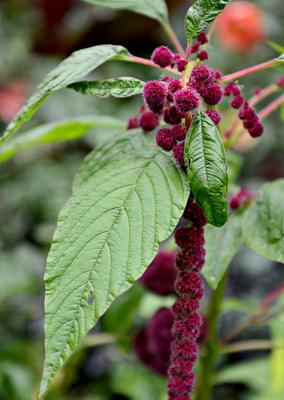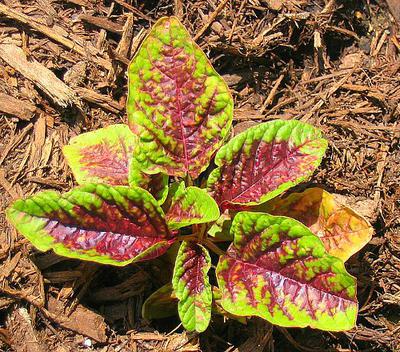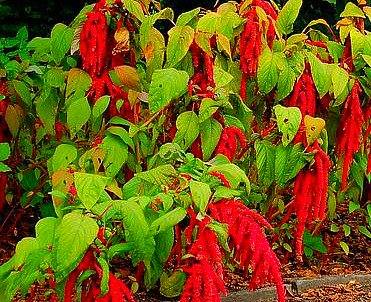VANILLA BEANS | SOYBEAN OIL | SOYMEAL & CAKE | COCOA BEANS | COFFEE BEANS
How to grow AMARANTHUS in Uganda

Amaranthus Plant with Flower in Uganda
The edible Amaranth/Amaranthus is an ancient food plant native to southern America.
So revered was Amaranthus in ancient Inca and Aztec cultures, it was considered to be a sacred plant. Because of its subtropical origins, edible amaranth does well particularly in warm climates.
Amaranth is also a common soup to many African cultures of the west, east and southern regions.
Amaranthus vegetables/greens is a common side dish on Uganda menus. Amaranthus is called by the name Doodo in Luganda
Common Amaranthus varieties in Uganda
Amaranth is usually grown for its grain, foliage leaves or even both.
Amaranths grown for grain include; amaranthus caudatus, amaranthus hypochondriacus, and cruentus .
For leafy greens we have types like amaranthus cruentus, amaranthus blitum, amaranthus dubius, amaranthus tricolor and amaranthus viridis.
Contact us here to buy fresh Amaranthus leaves and Seeds
How to propagate Amaranthus in Uganda
Amaranth propagation is by seed and with appropriate conditions these seeds are sure to germinate in 7-10 days from sowing.
Soil requirements for Amaranthus to grow
Like all fast growing leafy greens, amaranth loves rich soil with steady moisture, and a good supply of nutrients especially nitrogen to facilitated foliar growth.
How to plant Amaranthus in Uganda
Amaranth seeds are so small so they usually require a fine ground to establish, so it’s required that you open up the land meant for planting to make a fine bed.
Thinly sprinkle the seeds into rows 1-2 cm with each row spaced up to 2 feet apart.
Then rake the soil on to the sown seeds to cover them.
Water the soil to keep the ground moist to facilitate germination.
When they are large enough, thin the seedlings out to approximately one plant for every 3 inches when you are to harvest amaranth for baby leaves or 8 inches apart to produce mature plants.
Contact us here to buy fresh Amaranthus leaves and Seeds
How to weed Amaranthus in your garden
Amaranth should be weeded as seedlings emerge, as at this stage they would be requiring nutrients for growth which are competed for by the other weeds.
How to harvest Amaranthus in Uganda
Harvesting it could involve collecting the amaranth leaves or the grains.
The grains are harvested are harvested after the plant has flowered.
Flowering amaranth can still have their leaves harvested.
Collect the foliar parts early in their growth when they are still succulent so as to give you the best test.
Contact us here to buy fresh Amaranthus leaves and Seeds
Quick Tips growing Amaranthus in Africa
- Prepare soil to make a fine bed; you can even add compost to enrich its fertility
- Open up a narrow trench 1-2 cm deep in arow spaced up to 2 feet apart.
- Then thinly sprinkle the seeds in to the rows.
- Cover with soil and gently firm.
- Water the soil to keep the ground moist so as to facilitate germination.
- When seedlings emerge thin to remove the weak ones
- Weed the seedlings as its important during their early stages to prevent completion for nutrients
- Harvest the early foliar leaves in 2 weeks and the grains and the bigger leaves in the third and fourth week after sowing.
Contact us here to buy fresh Amaranthus leaves and Seeds
Join in and write your own page! It's easy to do. How? Simply click here to return to Plants Guide.
If you haven't yet found what you were looking for or you need detailed information about the subject matter on this page then... feel free to ask our business travel consultants. |









